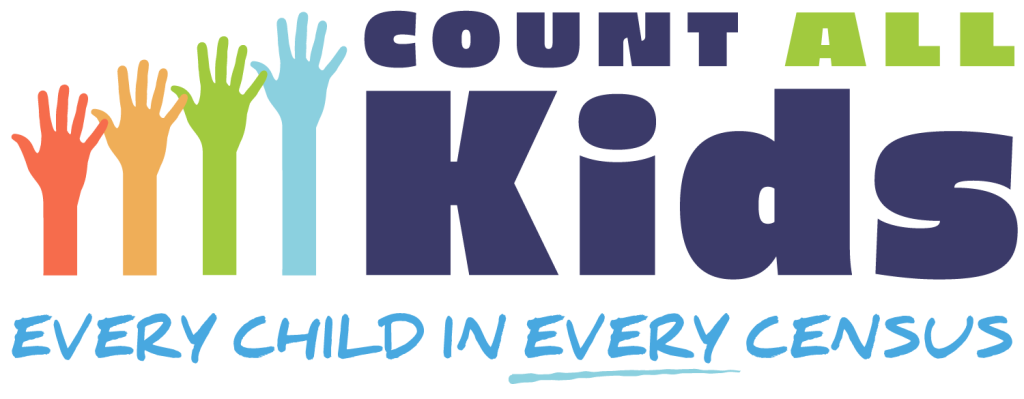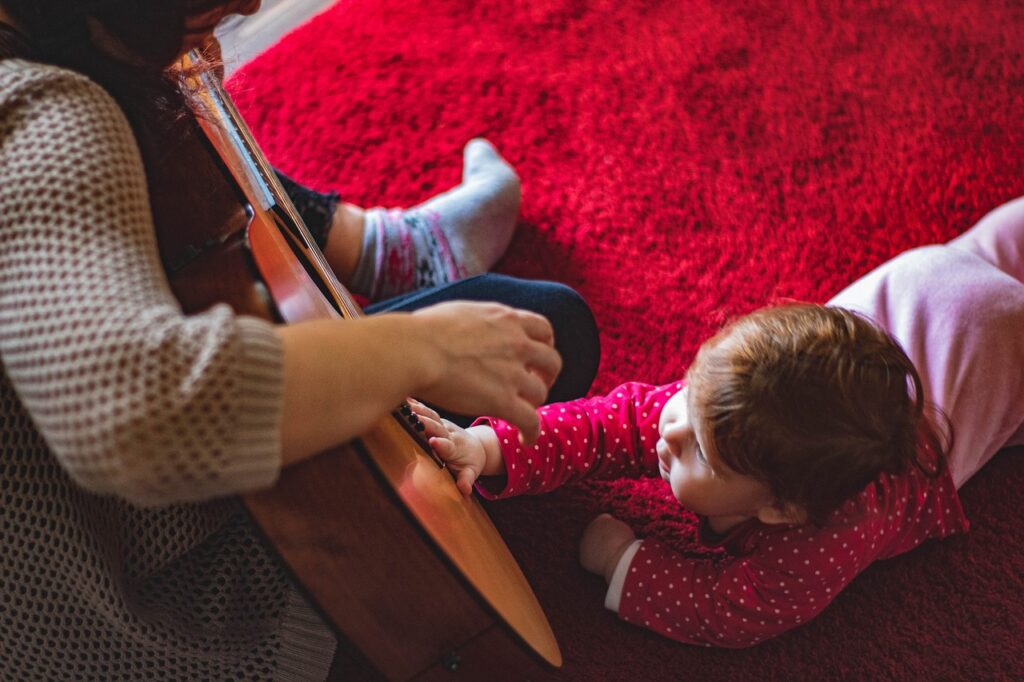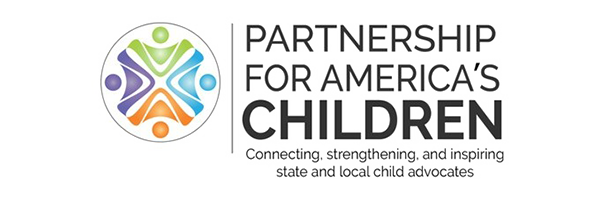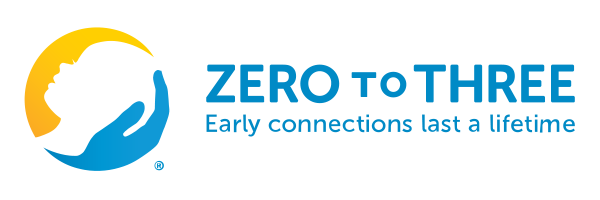The Leadership Conference for Human And Civil Right Education Fund and the Census Counts campaign (which brings together community-based organizations working to ensure communities the census has historically missed are counted) have created a Roadmap to 2030, a guiding document of milestones and actions leading to the goal of a “complete count” of all persons in the United States during the 2030 Census. We encourage you to use it as you plan your work. We also know there are special steps that child advocates should undertake and special resources for child advocates to use. The net undercount of young children has continued to increase every decade since 1980. What the Census Bureau is doing is not working. The Census Bureau needs to employ new methods in 2030, and those methods need to be tested before 2030. So here is a child advocates’ supplement to the Roadmap to 2030 which will both guide your efforts and flag key opportunities to get the Bureau to try new approaches.
2025
The Roadmap to 2030 includes these steps, for which we offer some child-focused options:
Leverage 2020 Census (and ACS) Data for Civil and Human Rights Advocacy
Good data resources for child advocates include the KIDS COUNT data center and the KIDS COUNT grantee in your state. The Coalition on Human Needs also has a library of state, congressional district, and major metropolitan data tables from the American Community Survey (ACS), many of which are specific to children.
Engage with Funders on 2030 Census Design and Outreach Support
The Annie E. Casey Foundation has funded focus groups with children’s funders to determine what aspects of the Count All Kids work will be most compelling to them. In 2025, Count All Kids will share a fact sheet on effective messages to use when seeking funding, an editable resource to share with prospective funders, a brief history of steps child advocates took leading up to the 2020 Census, and suggestions for funders to consider supporting. We will also offer a webinar in early summer 2025 and individual support to child advocacy groups to help determine which activities to undertake and how best to educate funders about those needs.
Monitor and Contribute to 2030 Census R&D Decisions
The Count All Kids Committee meets monthly to discuss new research, as well as other developments, and what it means for 2030. We expect the Bureau to release the results of its research for 2030, including several strategies that could make a big difference for young children, in 2025 and also the first draft of its operational plan for the 2030 census. Sign up here to get emails with information about research results and major Census developments. Email jbattistelli@chn.org to get added to the Committee listserv and join our monthly meetings.
Educate Entities on the Local Update of Census Addresses (LUCA)
We know that many children are missed because their address is not on the master address file, and therefore their families do not get a census form. In Texas it was one of the top reasons why young children were missed in 2020. Young children have the highest poverty rate of any age group, which means their families often struggle to pay for housing and end up living with family members or in “hidden” or accessory housing. Getting their addresses on the master address file is an important step toward getting them counted, and states and localities can add addresses to the master address file through the LUCA process. You can learn more about LUCA here.
The Census Bureau is planning to provide information for state and local governments to support their participation in LUCA in 2026 and start the LUCA process in 2027. A funder and advocate LUCA Working Group will release a resource guide and webinar for stakeholders to help improve LUCA participation in your state or community. Count All Kids will help disseminate these resources on our listservs. The LUCA working group may also develop a cost estimating tool for LUCA participation.
Once these resources are available, you will want to start educating policy makers who can champion efforts to participate in LUCA, and you will also want to seek coalition partners and funding for your work, so that you are prepared for 2026. This data visualization, which shows the undercount of young children in every state and county, may help you decide which areas to focus on.
In addition to the activities in the Roadmap, child advocates can also monitor and participate in the actions below.
Build Champions for Complete Count Committees
In 2025, you will want to start looking for legislative champions who will sponsor and advocate for state and local Complete Count Committees. This data visualization, which shows the undercount of young children in every state and county, may help you decide which areas to focus on. We hope that a cost estimating tool will be available for your work. You can learn more about what should be included in a Complete Count Committee budget here. As you educate prospective champions you will want to educate them about the particular challenges in counting young children, and the various groups that should be included in any Complete Count Committee. In the next year there will be an interactive mapping application from CUNY which identifies the Census tracts that have persistently low return rates. This will be very useful for targeting outreach and perhaps for fundraising.
Get Ready for the 2026 Census Test
If you are in one of these six states, Alabama, Arizona, Colorado, North Carolina, South Carolina and Texas, start preparing for the 2026 Census test. You can learn more about the test here and you can learn more about the plans for testing ways to improve the count of young children here. Your goal should be to monitor it, and report out to national advocates what worked, what needs to be changed, and what role community groups can play in 2030. In 2025, you will want to make plans for and fundraise to support your work on this for 2026. As we learn more, we will share information about exactly what the tests involve and what child advocates can do.
Work With Your Government Agencies to Share Appropriate Data with the Census Bureau
Child advocacy organizations often have strong relationships with the agencies that serve young children. Those agencies have administrative data that the Census Bureau can use to improve the count of young children. The Bureau is testing a new approach to use administrative data to add young children to household rosters when families respond but leave their young child off the household list. If that works, it could be a valuable new approach to counting young children because so many young children are on Medicaid when they are born, get WIC services, are in households that receive SNAP, or get other benefits that create state administrative records. To get that data, the Bureau negotiates contracts with each state. Encourage your state agencies to agree to share this data, but not to include any data points that might endanger children or family members, or reduce response to the census, such as immigration status. The contracts are negotiated data element by data element. Your expertise can help you advise your state agencies on what data they should not share. For more information on how your state can negotiate appropriate boundaries to sharing data, email dstein@chn.org.
2026
In addition to the activities for 2026 in the Roadmap, here are some things child advocates should consider.
Review the Message Testing Count All Kids Conducted in 2019
In 2019, Count All Kids conducted the first ever public opinion research on whether people would include their young children when completing the 2020 Census and what messages would make them more likely to do so. If you are considering conducting your own public opinion research, review these findings first. If you are not, review them to incorporate the findings into your work. A summary of these findings is in our 2020 Toolkit. Also check whether Count All Kids is conducting more research as we move toward 2030.
Build Champions for Complete Count Committees
In 2026 you will want to broaden your effort to get policy makers to support state and local Complete Count Committees. This data visualization, which shows the undercount of young children in every state and county, may help you decide which areas to focus on. We hope that a cost estimating tool will be available for your work. You can learn more about what should be included in a Complete Count Committee budget here. As you educate prospective champions you will want to educate them about the particular challenges in counting young children, and the various groups that should be included in any Complete Count Committee.
Monitor The 2026 Census Test
If you are in one of these six states, participate in the 2026 Census test: Alabama, Arizona, Colorado, North Carolina, South Carolina and Texas. You can learn more about the test here and you can learn more about the plans for testing ways to improve the count of young children here. Your goal should be to monitor it, and report out to national advocates what worked, what needs to be changed, and what role community groups can play in 2030. As we learn more, we will share information about exactly what the tests involve and what child advocates can do.
2027
In addition to the activities in the Roadmap, here are some things child advocates should consider.
Educate Complete Count Committees about Counting Young Children
As you build relationships with your local and/or state Complete Count Committee(s) (CCC), make sure that their members are fully informed about the challenges of counting young children. Make sure they understand that the quality of the count of young children is unrelated to the quality of the count of older children and adults. See if you or other child advocates can be put on your state or local Complete Count Committee. Connecting with a legislative ally is a good start.
Improving the count of young children will require special outreach strategies and messaging targeted to households with young children. If the Complete Count Committee has many subcommittees, they all need to be educated about why children are missed and their particular subcommittee’s role in counting young children. For example, businesses can host ads and notices on aisles that sell baby supplies such as diapers and formulas, schools can send home notices and materials and also host nights to help people fill out the forms, and social services agencies can use their electronic systems to remind people to count their babies and young children. You should also share tools like the data visualization that shows how many children were missed in each county. The Census Bureau will be conducting the Census Barriers and Motivators study repeatedly as we move toward 2030. Count All Kids will share any findings made public, so review and share the results of these studies.
Prepare for the 2028 Census Test
In 2027 we expect the Census Bureau to announce the locations of its 2028 Census “Dress Rehearsal” test. Watch to see if those locations include your community, and what strategies they are planning to use to improve the count of young children. If one of the tests will be in your community, start organizing now to monitor and report out whether the test successfully counted young children, and secure funding for you to undertake this work.
2028
In addition to the activities in the Roadmap, here are some things child advocates should consider.
Build Relationships with Government Agencies
This is a good time to start building relationships with government agencies that serve families with young children, such as schools, child care subsidy agencies, SNAP agencies, WIC agencies, and Medicaid agencies. Educate them about how their funding depends on a complete count of young children, and discuss with them how they can use their communications systems to reach out to families in 2030. Make sure you have plans with schools for the start of the 2029 school year, which is when most parents are particularly careful to read materials that are sent home.
Build a Network of Child Serving Agencies
This is the year to connect with the many kinds of organizations that serve families with young children that can participate in outreach, educating them about how many children are missed, how it affects their funding, and what strategies we think will work to improve the count of young children. Work with them to figure out how they best can reach the families they serve. Can they send texts flagging the need to count young children? Can they show videos in waiting rooms? Can they make their computer centers available for people? Can they provide translation services, perhaps by getting fellow parents to volunteer? Here is a partial list of potential community partners you can reach out to: Pediatricians and pediatric care providers, children’s hospitals and maternity wards, Early Intervention service providers, child care providers and Pre-K/Head Start sites, home visiting programs, family resource centers and family guidance centers, libraries, schools and PTAs, teachers’ unions, faith communities, businesses that serve families with young children, WIC agencies, and diaper banks. Make sure you include immigration lawyers and organizations that serve particular immigrant communities.
Build a Key Dates Young Child Outreach Calendar
As you prepare for the Census, create a calendar of all the key dates you can use as communications points for outreach. Mothers Day, Fathers Day, Grandparents’ day, the start of school, are just the starting point. You can see the dates that advocates used in 2020 here. Start reaching out to organizations that are a natural fit with particular days to develop communications actions (for example, agencies that serve grandfamilies might agree to take the point position on grandparents’ day).
Monitor the 2028 Census Test
If your community is chosen for the 2028 Census test, monitor, and report out on the efforts to count young children. If it isn’t, watch for reports on what worked and what didn’t, and incorporate those findings into your census plan.
Watch for the Announcement of What Questions Will Be on the Census
The Census Act requires the Census Bureau to submit to Congress the questions they propose to ask on the 2030 Census no later than April 1, 2028. Watch to see if the Bureau proposes to include a question about citizenship or immigration status. While the Supreme Court ruled that such a question could not be on the 2020 census, their decision was based on the process, and did not preclude including such a question on future censuses. Because one in four children live in a household with at least one immigrant parent, and because such a question might significantly reduce the number of households that respond, if such a question is on the census you will need to address this issue in your communications plan, even though nearly all young children in the US are born here and therefore US citizens.
2029
In addition to the activities in the Roadmap, here are some things child advocates should consider.
Kick Off Your Communications Efforts To Reach Families This Year
We know families need to hear things many times and from different sources to be convinced they are true and important. So start your efforts in 2029, educating trusted partners about how they can inform people about how the census is tied to funding for the state and community, and to political power. Make sure the messages are explicit that they should both respond and count everybody, including babies and young children. Make sure you have outreach materials in the languages in your community, and that they include links to any Census Bureau information about the 2030 census in that language. Share tools with schools and agencies that serve children, so that they can use their regular communications mechanisms to reach families.
Count All Kids hopes to have updated communications research and to offer social media tools as well as copyable posters, handouts, stickers, and other resources, based on that research. The Census Bureau will be conducting the Census Barriers and Motivators study repeatedly as we move toward 2030. Count All Kids will share any findings made public, so review and share the results of these studies.
2030
In addition to the activities in the Roadmap, here are some things child advocates should consider.
Target Your Outreach Efforts and Monitor Response Rates for Communities Which Historically Miss Many Young Children
We anticipate that you will be able to use a map similar to the 2020 Hard To Count Map to monitor response rates in your state and localities. As you monitor 2030 Census implementation in real time to identify communities that might require additional outreach to ensure an accurate count, check whether Count All Kids is offering any tools to help monitor response rates in areas where young children are at high risk of being missed. We were able to provide such data in 2020 with the help of the Population Reference Bureau and hope to be able to provide such tools again.
2031
In addition to the activities in the Roadmap, here are some things child advocates should consider.
Document Your Work
As you document and preserve the work your organization did for the 2030 Census, be sure to note the members of your census coalition and broader network (such as trusted messengers) and share your documentation with the national Count All Kids Committee.
Watch for Reports on How Well the 2030 Census Counted Young Children
The Bureau released its first assessment of the count of young children in the 2020 Census in March of 2022, nearly two years after the census started and 17 months after the final day. We hope they will be able to release this data more quickly, and that it will be available in 2031. It released experimental state and county data in April 2024, and we hope that they will be able to release that data in 2032 or 2033.






